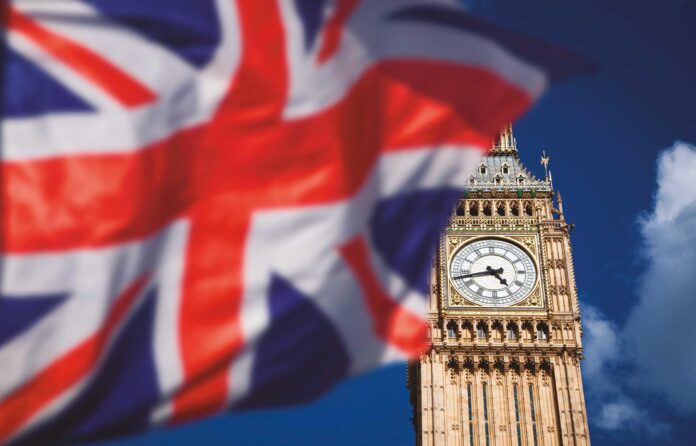London’s art market has suffered—physically and emotionally—since the triple-whammy of Brexit, Covid-19 and the subsequent high inflation environment. But as we dive into the city’s summer season, there are plenty of encouraging dynamics.
Firstly, London doesn’t have just one intense art season—unlike, say, Basel, Los Angeles or Turin. Frieze Week in October has grown into the main event since the fair opened 20 years ago while, more recently, the combination of Photo London, Eye of the Collector and London Gallery Weekend have given the capital a late spring boost. London’s world-class museums and thriving wider cultural credentials mean that there is much to enjoy all year round.
The city’s attractions are appreciated internationally, with revamps at Tate Britain and the National Portrait Gallery contributing to their refreshed appeal. The UK capital is learning to woo its local culture vultures, beyond the non-dom set, while efforts to broaden cultural offerings outside London are impressive, in challenging conditions; witness the well-received Soutine|Kossoff exhibition at Hastings Contemporary or Lucie Rie at Kettle’s Yard, Cambridge.
London Gallery Weekend proved that the city has at least 123 high-calibre dealers of contemporary art and reported more than 50,000 visitors, its best turnout yet and “significantly” up from last year, organisers say. These included curators from around the UK who were hosted by the event. Data from the Affordable Art Fair group finds that sales and visitor numbers were up at its two London spring fairs this year, with the average price point up 29% on 2022 at its Battersea event. Inflation helps, but nonetheless the direction of travel is encouraging.
Dented by Brexit
On the international stage, too, London is looking good, where UK artists, old and new, are increasingly big hitters. Among the notable 20th-century works at this year’s Art Basel fair were pieces by Bridget Riley, Paula Rego and Lucian Freud, while in-demand 21st-century names included Cornelia Parker, Alvaro Barrington and Glenn Brown. These came courtesy of UK-only galleries we can be proud of—Offer Waterman, Hazlitt Holland-Hibbert, Frith Street and Sadie Coles—while also on the roster of overseas and multi-national dealerships.
London’s status as a trading centre has definitely been dented by Brexit, which—within the art market—has been to the advantage of Paris as well as, more significantly, to New York for 20th-century art and Hong Kong for the hottest new names at auction.
At this top, transactional end of the market, and for grassroots galleries struggling with the actual and reputational costs of Brexit, things will likely get worse before they get better. The UK’s status within Europe remains hugely off-putting to trade and artists alike, and the political backdrop is not currently culturally inclined.
But the UK still has a relatively high and growing number of artists who work here (around 45,500, according to 2022 estimates from Statista, compared with around 55,000 in New York, recorded in 2017), while businesses are adjusting to the new normal. Lessons have also been learned since the pandemic—including, happily, that people like to get out and see art. A history of hundreds of years of creativity and trade, boosted by London’s internationally friendly language and time zone, has not disappeared overnight. If we can shake off the Brexit blues, there are opportunities to be had.

























